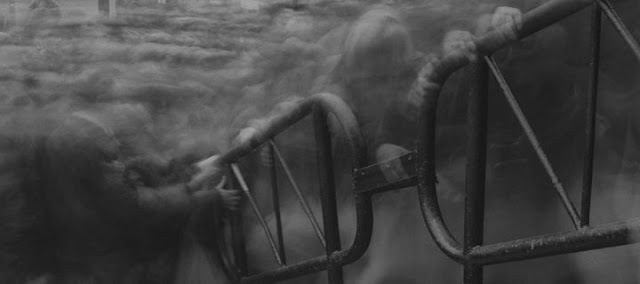Carousel analysis
Document what you did in the session on Tuesday and Wednesday (Pictures, Diary entries, Printouts ETC) On Tuesday we recorded us telling the story of Dr Seuss, we started by reading through the poem to see who was doing what part. Then we set up the microphone on the table and got ready to record. As everyone was doing different parts we recorded each section separately but still in order to keep in the right flow. After it was recorded we then connected the mic to the computer and transferred the files List under the following headings: Research that you carry out in these sessions Skills that you have tried, Any processes and methods you used. Any tools that you used

